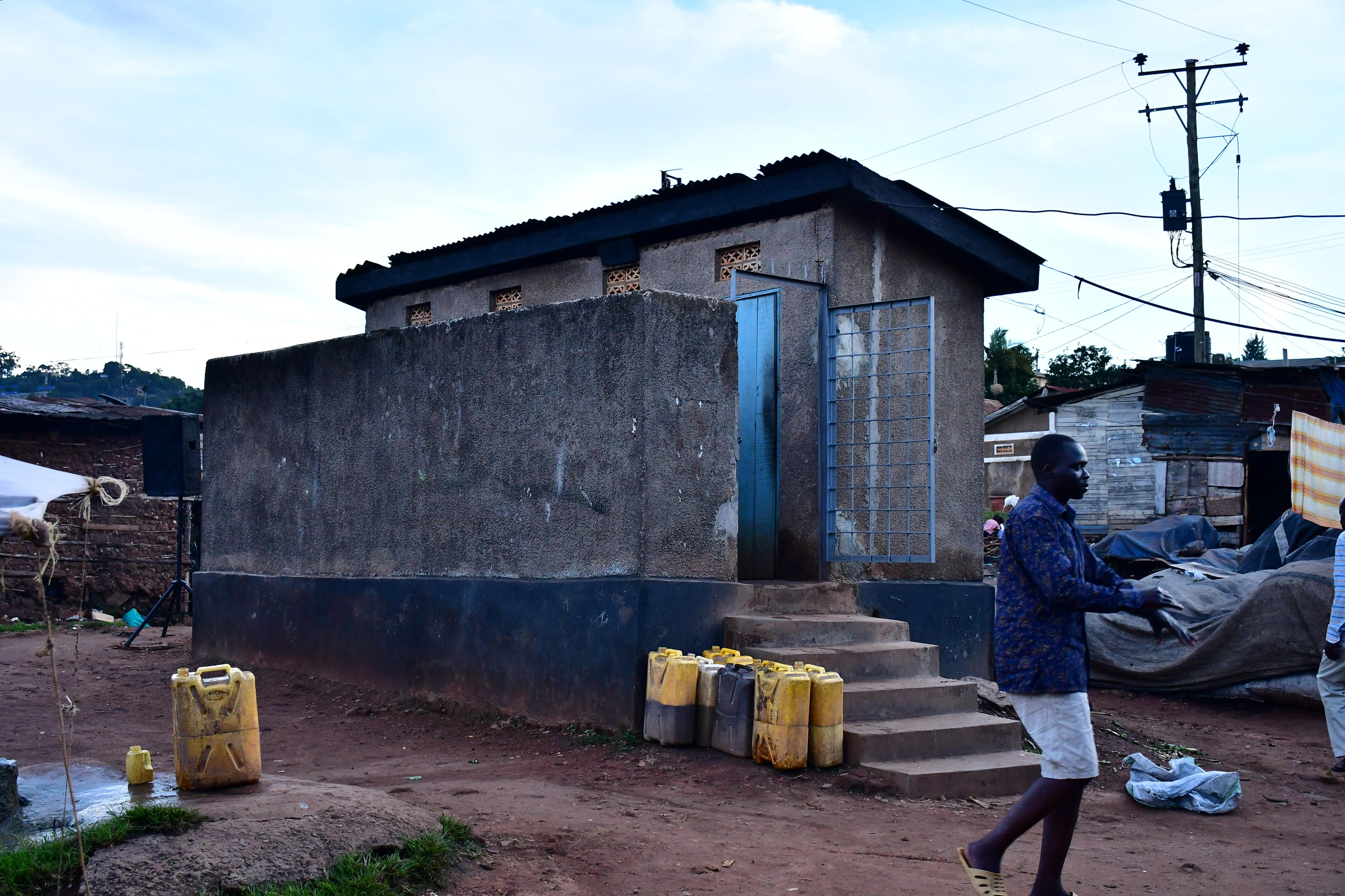Construct more community toilets

What you need to know:
- The issue: Community toilets
- Our view: An adequate number of community toilets and pit-latrines that meet required standards should be constructed and properly maintained.
According to World Health Organisation guidelines on sanitation and health, toilets should be available, accessible and affordable to all, constantly, and at least separate excreta from human contact. Their design should be culturally appropriate, suitable to locally-available materials and physical conditions such as water availability and ground/soil conditions, and in line with ability and willingness to pay.
Unfortunately, this is not the case in some places in our country.In Daily Monitor of May 5, we published a story titled, “1,500 slum dwellers sharing three toilets”. The story tells in detail how residents of Kasanvu, a slum in Namuwongo , a Kampala suburb, share three community pit-latrines. In the story, a resident, Dolphin Atieno, is quoted saying many people in the slum resort to open defecation or use of polythene bags because the toilet is more than 100 or and for others, 300 metres away from their houses and that this has accelerated diarrhoea, especially in children due to poor hygiene.
When asked about the unhygienic and inconvenient state of affairs at Kasanvu, Dr Dan Okello, the head of public health services, at Kampala Capital City Authority (KCCA) says they stopped the construction of toilets because it is a swampy area, adding that toilets would pollute the area with human waste. The authority promises to put up a community toilet at a safe and convenient point for all.
The construction of a community toilet in a central location would be good as it would solve the issue of residents having to pay much for use and convenience in terms of distance and location. The question now is when exactly this will happen as this is an urgent need which if not immediately dealt with, can have hazardous consequences. Needless to say, the community facility must be accessible, clean, safe and affordable for all. It is only then that residents will easily adapt to the change in behaviour.
Obviously Kasanvu is not the only slum with this challenge. The authorites should, therefore ,strive to ensure that an adequate number of community toilets and pit-latrines that meet required standards are constructed and properly maintained. And with the Covid-19 pandemic still raging, extra caution must be taken at these public facilities such as encouraging social distancing in queues, constantly sanitising or disinfecting surfaces, etc.
We must take on WHO’s recommendation for the need of a shared sanitation policy that addresses maintenance, accessibility, cleanliness, and provision of water and hand washing facilities.




